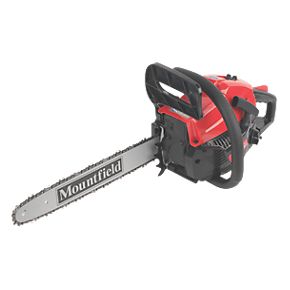chipboard is a rubbish material. proper wood will need countersinking. You buy a special bit that has a conical end. You can get a simple one that will make a wider hole the longer you press it, or one for the exact size of screw=head, which is better. The simple ones are cheap but wear out fast, so get a few. Cheap ones tend to be silver and better ones blue/black. You will find them in the rack where drill bits are sold.
Practice on a bit of scrap timber, but you will get the hang of it with a minute. Soft materials bore fast, hard materials longer.
Do the pilot hole: find a drill that is half a smidgin narrower than the core of the screw (i.e. the twisty fins stick out further than the shaft down the middle, but your hole must be too narrow for the fins to pass through) and drill that right through the board and into the joist, the depth of your screws. Then put the point of your countersink into this little hole, and drill it just a little bit less than the width of the conical head of the screw, and to a depth that is just a bit less than the head of the screw. When you tighten it firmly it will pull in a little more. In softwood, that's all you need to do. For hardwoods, or a nicer job, there is an extra step, but you sound like a beginner (no offence) so I won't complicate it. In softwood you can often get away with no pilot hole, or a very tight one, but you should always drill the floorboard for a neat job.
there are probably videos on utube or videojug that show it better, maybe someone has a link?



